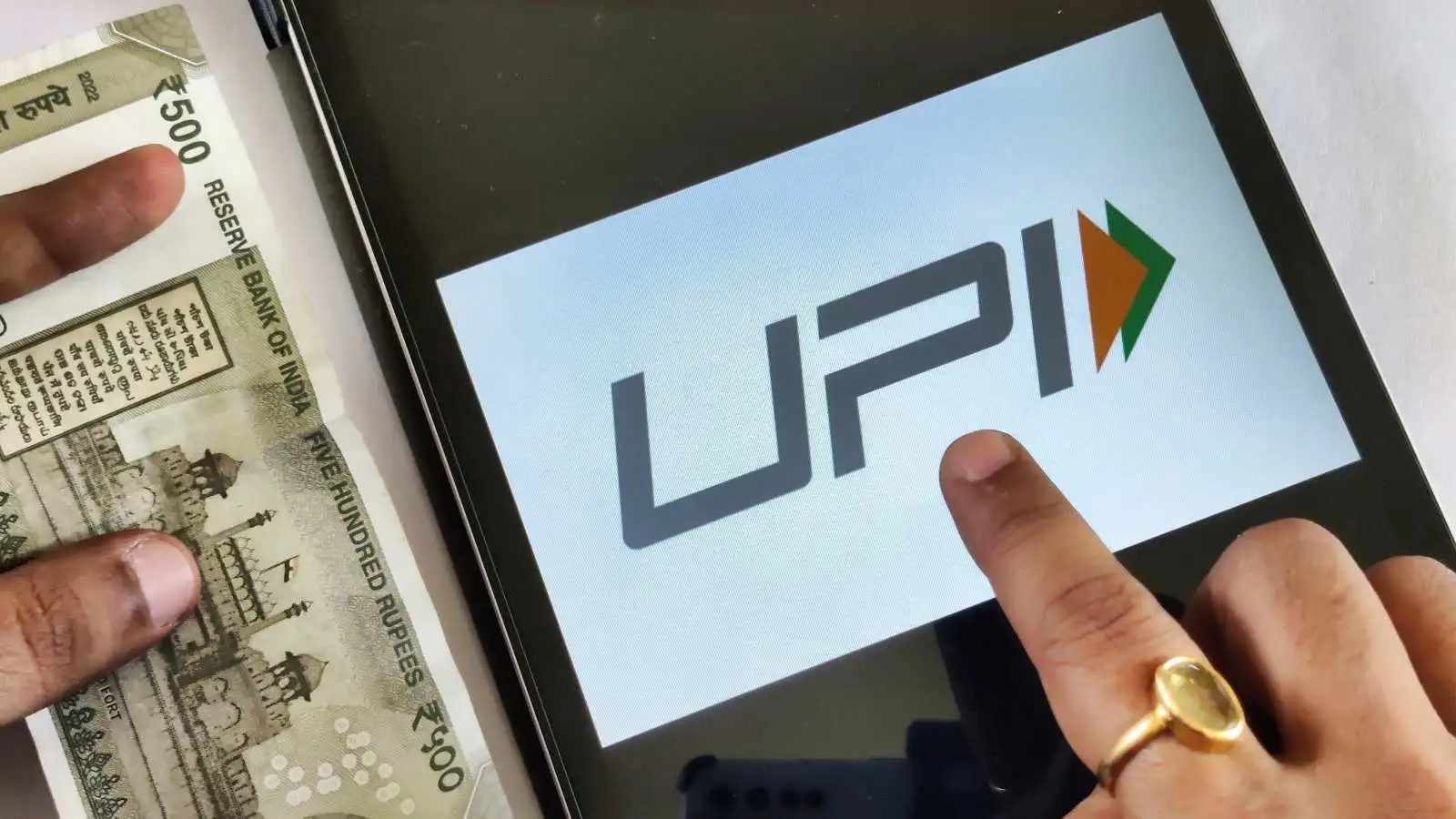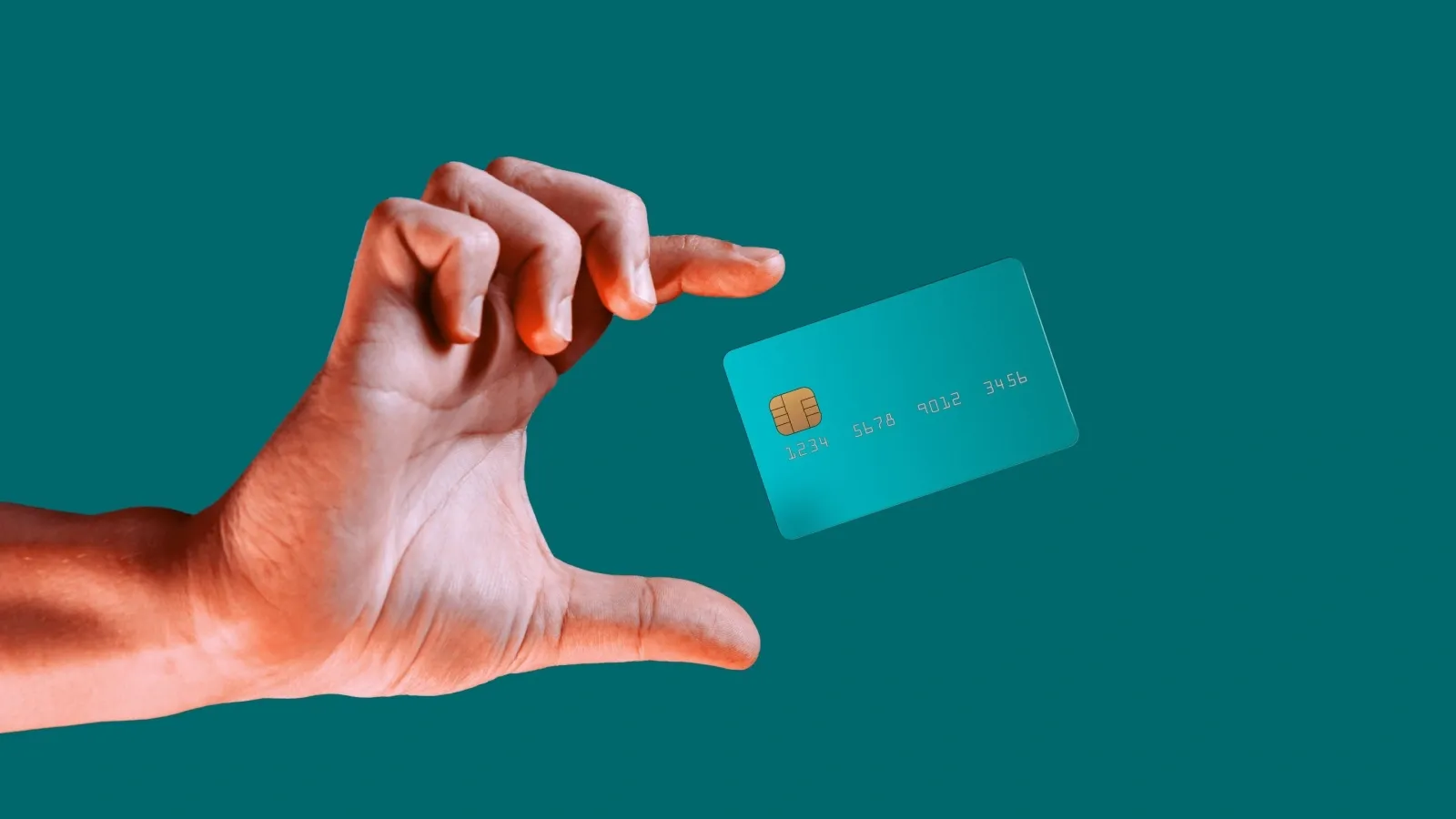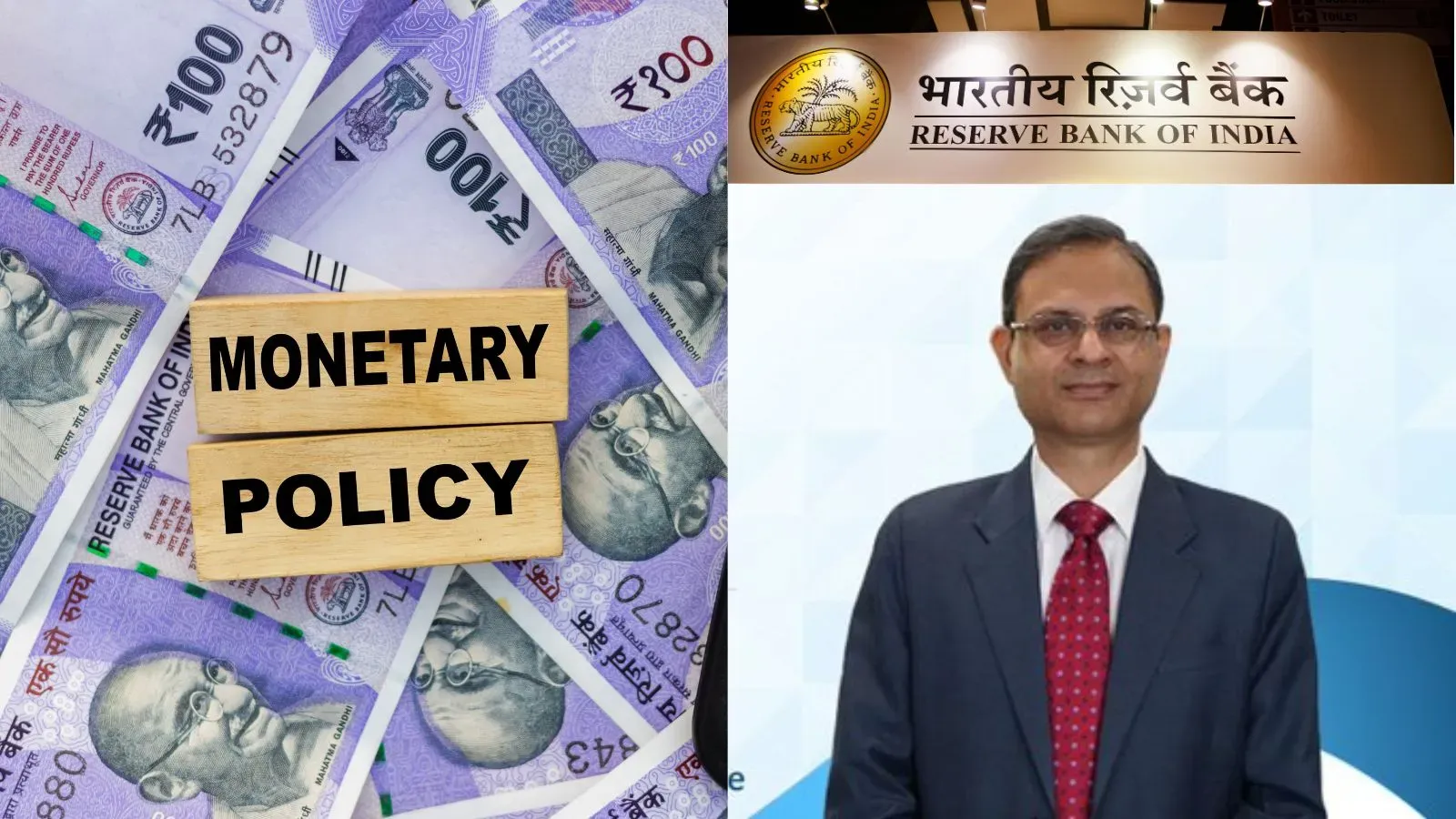Business News
No more free UPI transactions? MDR charges likely to make a comeback

4 min read | Updated on March 29, 2025, 11:44 IST
SUMMARY
UPI transactions may soon incur charges as the Payments Council of India, in its formal letter to the government, has proposed reintroducing the Merchant Discount Rate (MDR) for UPI and RuPay transactions. This change comes amid financial sustainability concerns due to reduced government subsidies.

The Unified Payments Interface (UPI) is a digital payment system that facilitates instant interbank transactions.
Industry body, Payments Council of India (PCI), which represents 180 non-banking payment companies has proposed reintroducing the Merchant Discount Rate (MDR) on transactions conducted through UPI and RuPay debit cards in a letter to the government. The proposal gathers steam this week after Startup Policy Forum (SPF) becoming the latest industry association to endorse the Payments Council of India’s (PCI’s) proposal for MDR charges.
This could significantly impact India's digital payment ecosystem, given UPI's vast reach and usage in the country. UPI facilitated as many as 16 billion transactions in just a single month of February 2025, amounting to nearly ₹22 lakh crore, according to data provided by the National Payments Corporation of India (NPCI).
What is UPI?
The Unified Payments Interface (UPI) is a digital payment system that facilitates instant interbank transactions. It was launched to promote a cashless economy and boost India’s digital payment system, providing a single, secure, and accessible platform for instant money transfers.
Were UPI transactions always free?
No. To promote digital payments, Finance Minister Nirmala Sitharaman in December 2019 had announced that no MDR charges would be applicable on transactions through RuPay and UPI platforms beginning January 1, 2020.
Before this development, merchants used to pay less than 1% of the transaction amount as MDR to banks on UPI transactions.
This meant that banks and fintech companies (like Gpay, PhonePe, Paytm and others) had to process UPI transactions for free. They were compensated by the government partially to cover the cost of such payments.
To promote low-value UPI transactions and boost digital payments the central government announced an incentive scheme in March 2019. Under this scheme, the government offers a 0.15% incentive per transaction for payments below ₹2,000. This incentive is shared among the customer’s bank (issue bank), merchant’s bank (acquiring bank), payment service providers and app providers.
What is MDR?
The merchant discount rate, or MDR, is the cost paid by a merchant to a bank for accepting payment from their customers through digital means.
In India, the MDR fee on credit/debit card payments or mobile wallets typically ranges from 1% to 3% of the transaction amount. However, it is currently nil for UPI and RuPay debit cards.
For instance, if you pay ₹5,000 digitally at a store via your credit card that charges an MDR fee of 2%, the shopkeeper who has received the amount has to pay ₹100 (₹5,000 x 2%) as a fee to process that payment. However, if you pay through UPI, there is no additional fee that needs to be paid by the merchant.
Why is the industry asking to bring back MDR?
The industry is demanding the end of the zero MDR policy for UPI due to financial sustainability concerns likely to be faced by these companies.
So far, the government has been providing financial incentives and subsidies to offset some of the operational costs involved in facilitating UPI payments. But these incentives have been cut down by nearly 60% from ₹3,500 crore in FY24 to ₹1,500 crore in FY25. As a result, these subsidies weren’t enough to cover the cost of running the digital payment infrastructure.
Industry, in its formal letter to the government, points out that the ₹1,500 crore allocation for FY25 covers only a fraction of the estimated ₹10,000 crore annual cost required to maintain and expand UPI services.
Industry players believe that India’s digital payments growth would require continuous investments in innovation, cybersecurity, merchant onboarding, compliance, and IT infrastructure. This can be made possible only through a regular flow of funds in the form of MDR.
Hence, the industry has proposed the reintroduction of an MDR of 0.3% for UPI and RuPay transactions only for large merchants, who are already paying MDR on other platforms and can absorb similar charges on UPI and RuPay transactions.
The move will also bring UPI and RuPay at par with other digital payment instruments, creating a level-playing field.
What will happen if MDR on UPI is reintroduced?
If the government decides to restore MDR on UPI transactions, merchants may pass on this cost to the end consumers directly, or indirectly. The merchants may either raise the product prices or bill the MDR fee to the consumers.
Otherwise, if they do not want to pass on the increased cost to consumers to avoid demand slowdown, merchants may start pushing for cash transactions, slowing down India’s digitisation plans.
Related News
By signing up you agree to Upstox’s Terms & Conditions
About The Author
Next Story


